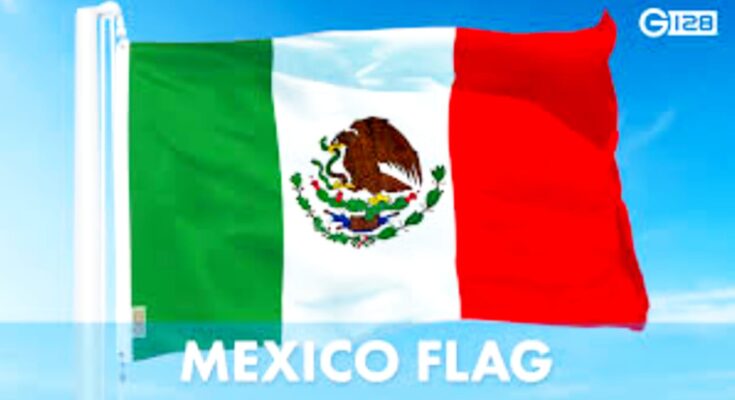Title: Deciphering the Symbolism and Iconography of the Mexican Flag: An Evidence of Tradition and Individuality
With its vivid green, white, and red tricolor bands, the Mexican flag proudly represents a country rich in culture, history, and resiliency. The Mexican flag is more than just a beautiful design; it is a rich tapestry of symbolism that captures the essence of a people bound together by a common history and set of goals.
A Synopsis of History
The turbulent early 19th century period of Mexico’s fight for independence from Spanish colonial control is when the Mexican flag first appeared. The “Plan of Iguala” was declared on February 24, 1821, marking the beginning of a new period and providing the framework for Mexico’s independence.Interpreting the Symbols
Every aspect of the Mexican flag resonates with layers of historical significance and cultural legacy, forming a rich tapestry of symbolism at its core.
Title: Educator Empowerment: The Significance and Development of Teachers Pay Teachers
*Green**: The vivid green band, which is positioned on the left side of the flag, symbolizes Mexico’s bountiful soil and verdant surroundings. It represents fertility, hope, and the prospect of a happy future.
– **White**: The flag’s middle band, a spotless white expanse, stands for harmony and purity. It acts as a reminder of the Mexican people’s unwavering spirit, which is united by a shared aspiration and destiny.
*crimson**: The striking crimson stripe that anchors the right side of the flag symbolizes the blood spilled by the heroes and martyrs of Mexico in the fight for independence and self-determination.### Shifting Viewpoints and Understandings
The Mexican flag has changed over the ages to reflect the nation’s turbulent past and nuanced character. Its meaning resonates with a variety of communities in Mexico and abroad, across borders and boundaries.
Many people view the Mexican flag as a powerful representation of their cultural identity and sense of pride in their country, capturing the tenacity, variety, and vitality of Mexican history. It acts as a call to action for solidarity and togetherness, motivating successive generations of Mexicans to defend the principles of justice, equality, and freedom.
Flag of Mexico
Past Boundaries: A Universal Icon
The Mexican flag has transcended national borders to become a worldwide symbol of perseverance, variety, and cultural legacy in an increasingly interconnected world. In both crowded cities and isolated towns, the tricolor banner is used toThe Mexican flag is a unifying symbol of the beauty and diversity of Mexican culture, drawing people from all walks of life together in both festive and serious rituals. Monuments, landmarks, and public areas all bear witness to the nation’s enduring legacy—one that was forged in the furnace of history—thanks to its iconic iconography.
In conclusion: A Sign of Cohesion and Fortitude
To sum up, the Mexican flag is a symbol of the unwavering determination of a people bound together by a common history and set of goals. Millions of people worldwide find inspiration and pride in its vivid colors and eternal symbolism, which capture the tenacity, diversity, and cultural depth of the Mexican people.
Let us be reminded of the struggles and victories faced in the fight for freedom, justice, and dignity as we look up at the tricolor banner billowing in the wind. In remembrance of the heroes and sacrifices of Mexico, let us promise to preserve the togetherness, tenacity, and solidarity that the Mexican flag symbolizes.
The Mexican flag has been a constant representation of the country’s fight for independence and sovereignty since the early 19th century. The “Plan of Iguala” in 1821, which set the stage for Mexico’s independence from Spanish colonial control, is where it all began. Since then, the flag has changed to become a famous symbol of Mexican unity and tradition.
An Icon of Pride for the Country
Mexicans, both domestically and internationally, have a particular place in their hearts for the Mexican flag. As a sign of pride and solidarity, it is proudly displayed during national holidays, festivities, and cultural events. The flag acts as a unifying force, drawing people together to celebrate their common history and identity, whether they live in thriving metropolis or isolated villages.
For Mexicans both at home and abroad, the Mexican flag represents more than just their homeland. It is a source of pride and solidarity. It serves as a focal point for the Mexican people to unite and celebrate their common history and identity. It is proudly displayed during national holidays, celebrations, and athletic events.
The Mexican flag is a source of inspiration and optimism for individuals of Mexican heritage everywhere, even outside its boundaries. It serves as a reminder of their cultural background, a link to their roots, and a cause for pride in who they are.



